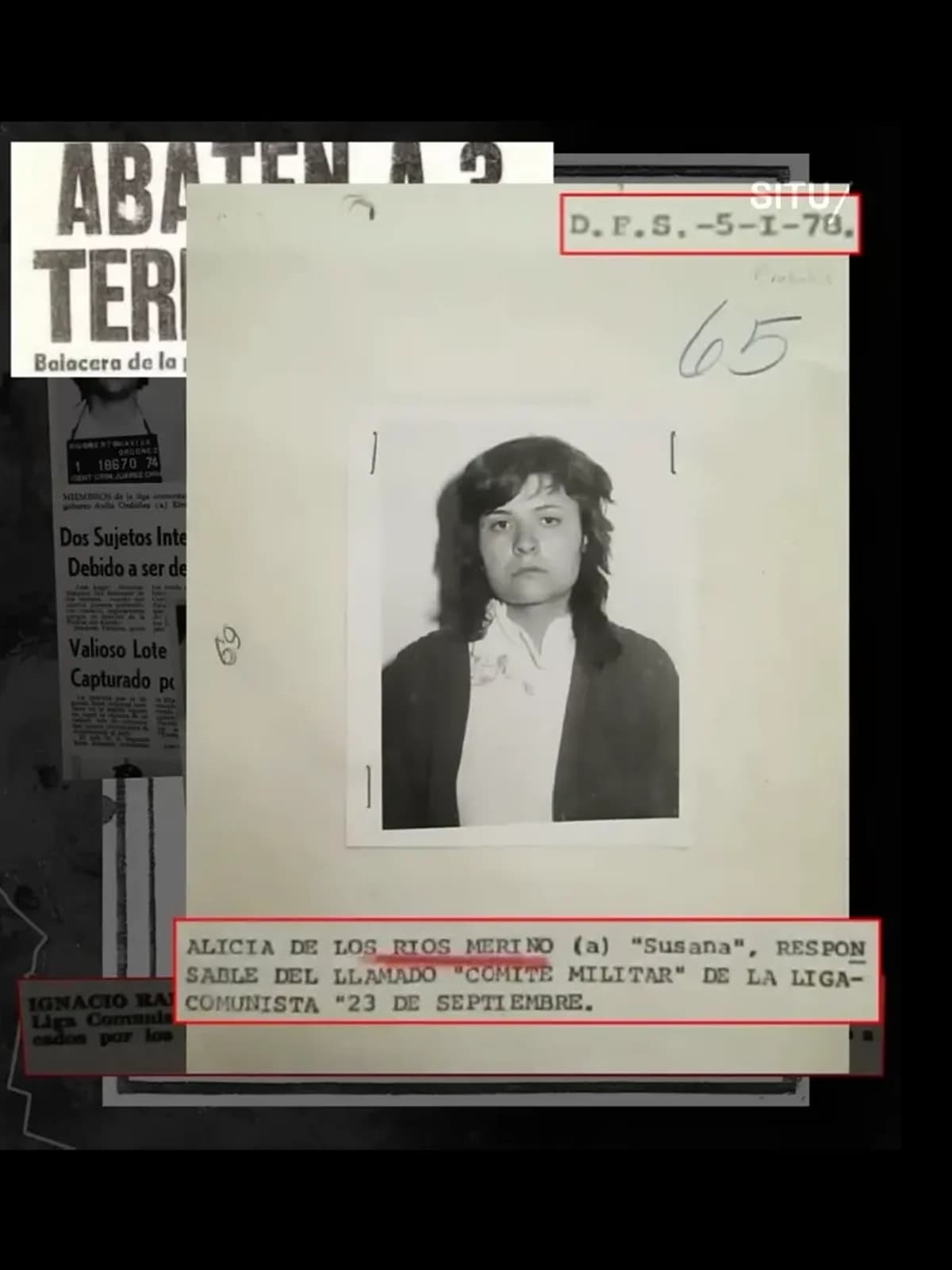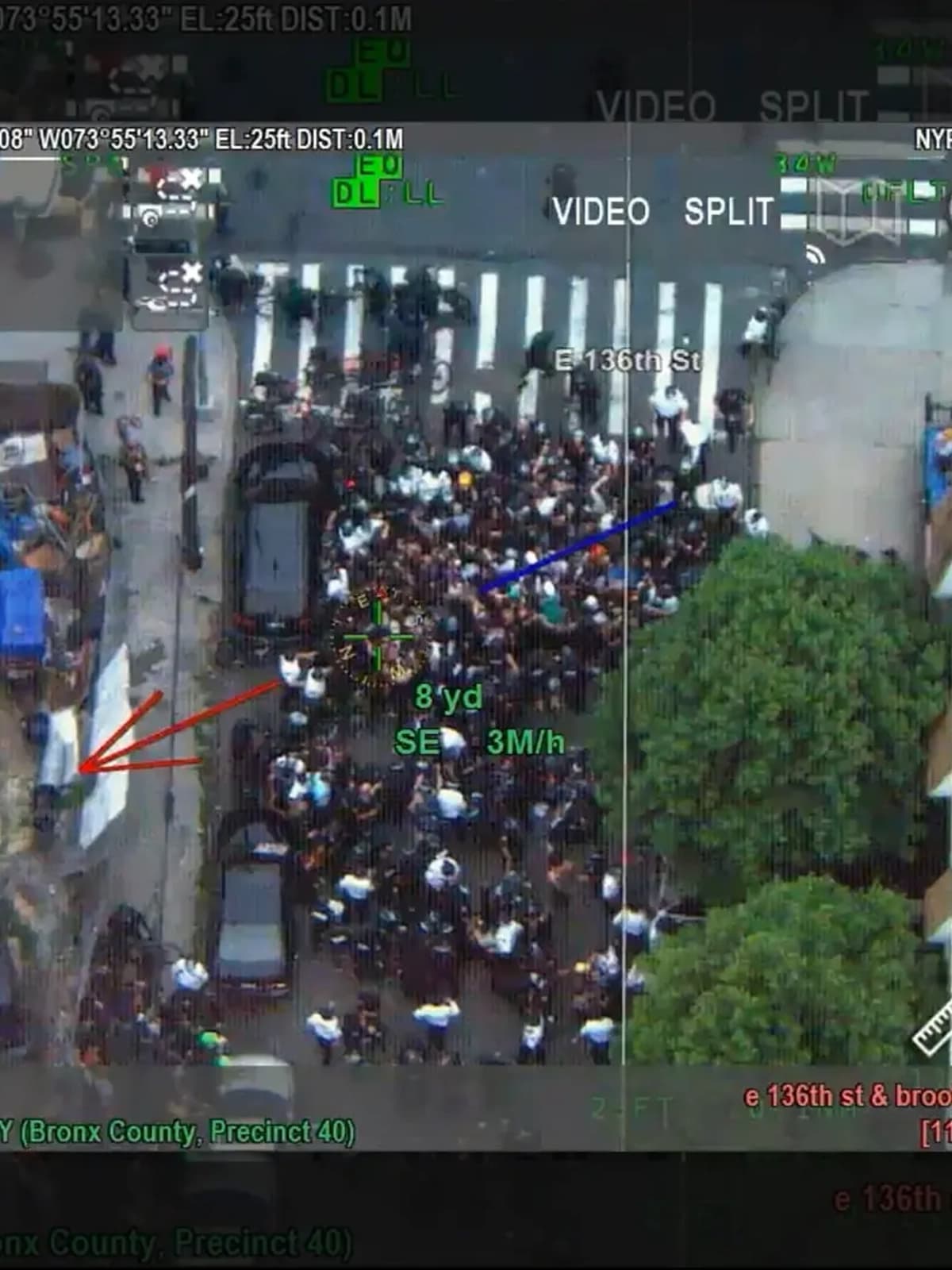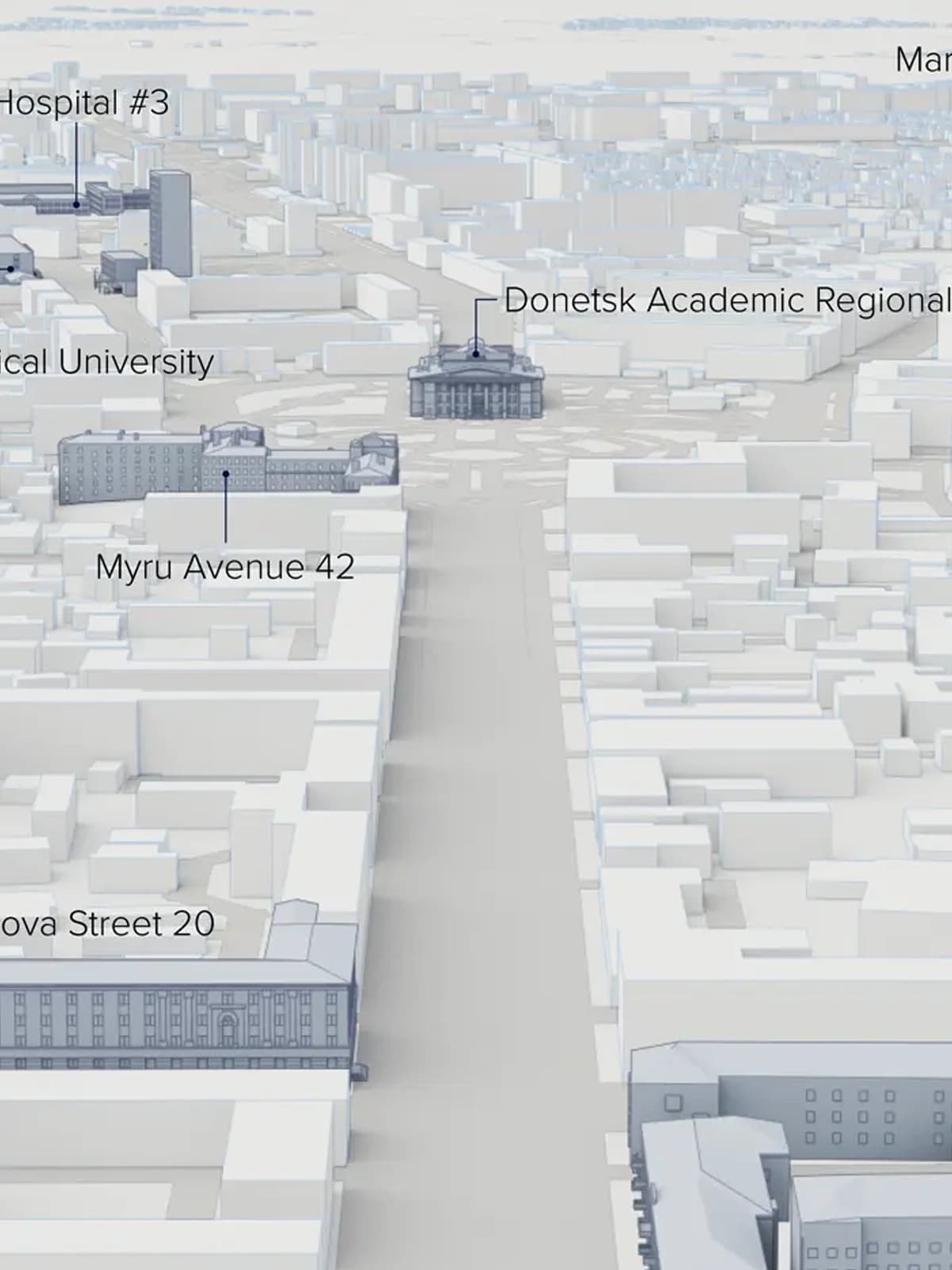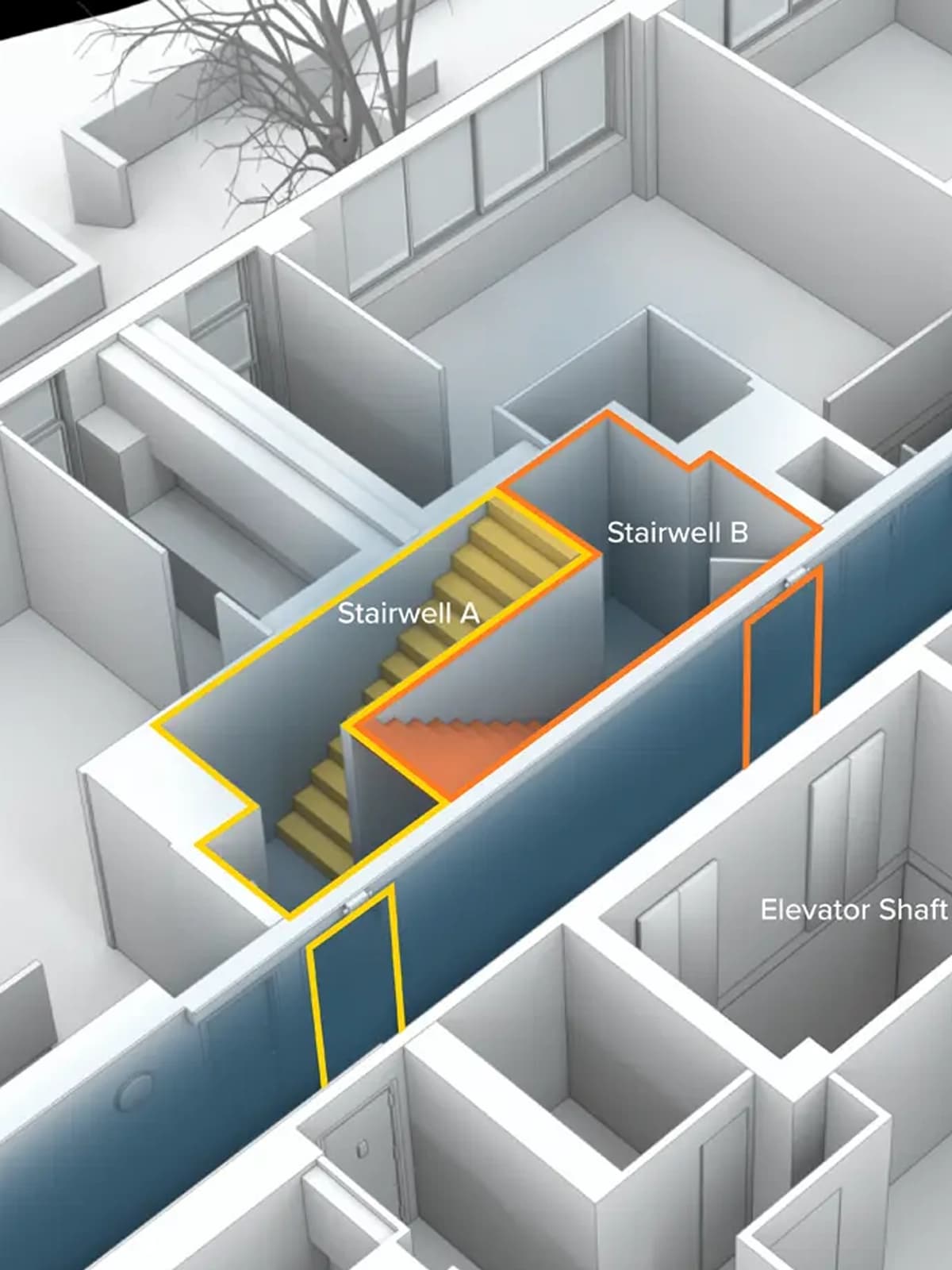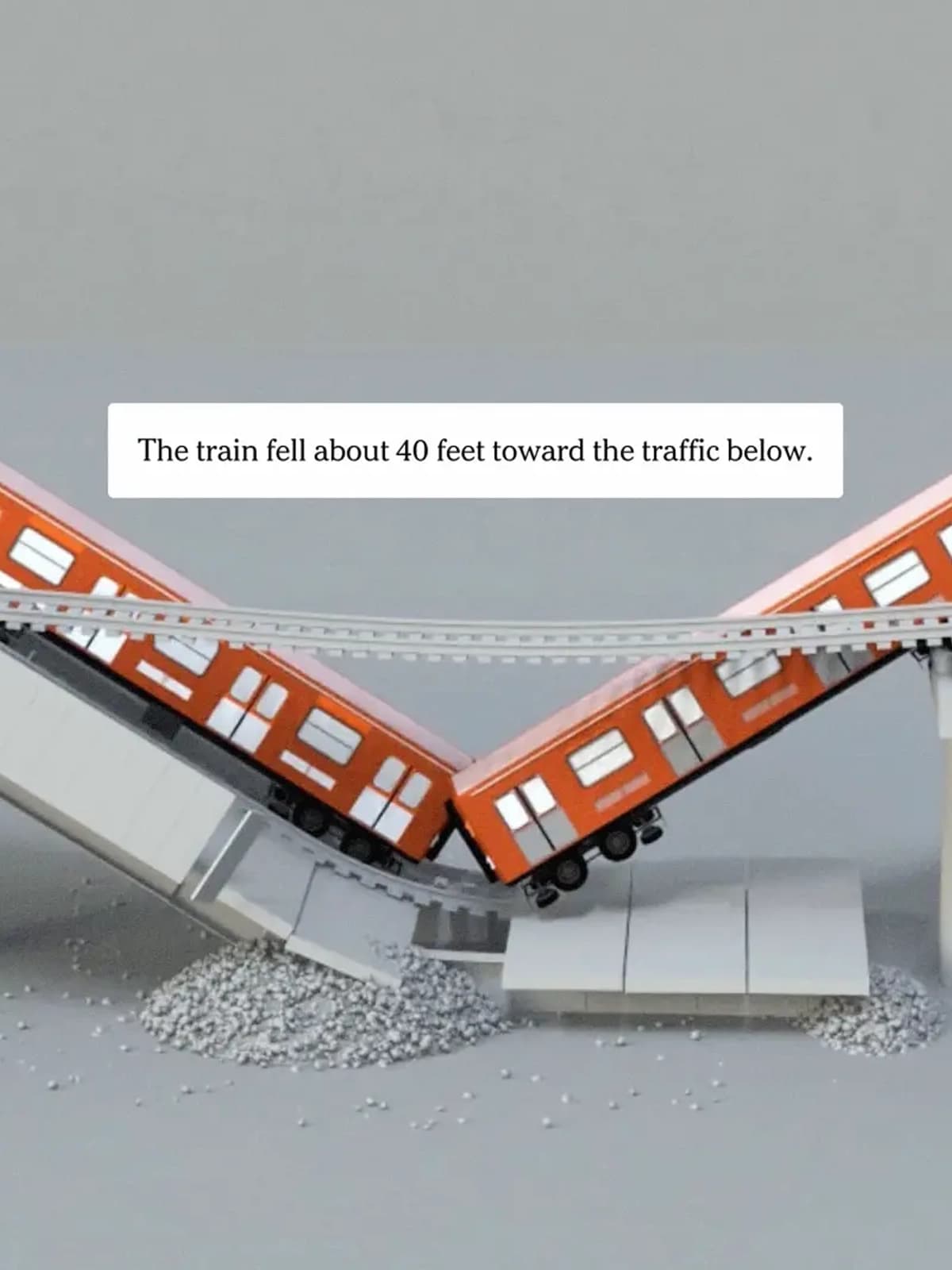grothjan
Evan Grothjan is an investigative journalist and documentary filmmaker. Combining traditional reporting with visual forensics, Grothjan renders visible events that are often hidden or denied. His practice moves between accountability journalism and legal inquiry, using visual evidence not only to document but to confront official narratives.
Former senior researcher at SITU Research. Former editor at The New York Times.
Collaborators include Frontline PBS, Human Rights Watch, and The National Lawyers Guild.
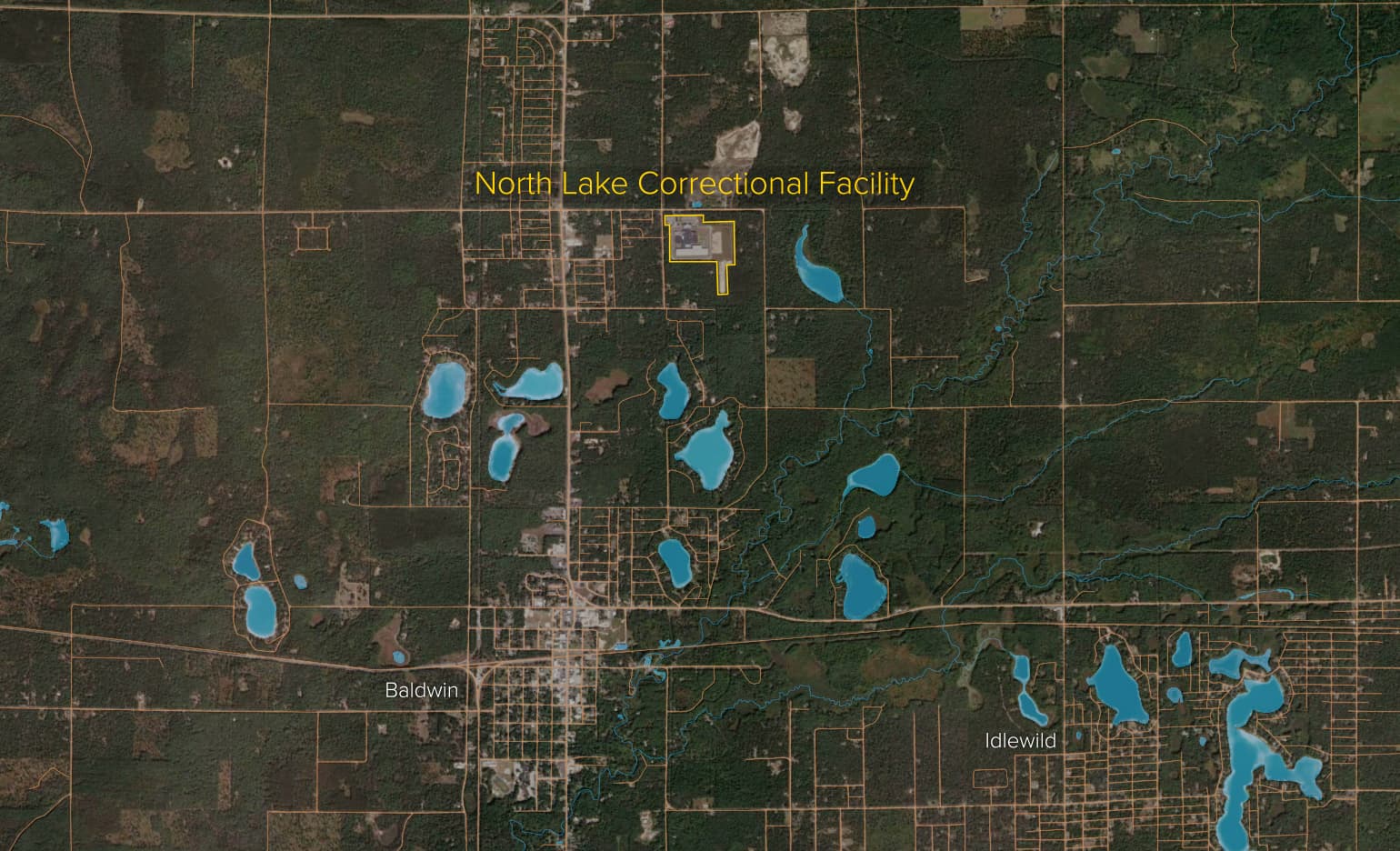
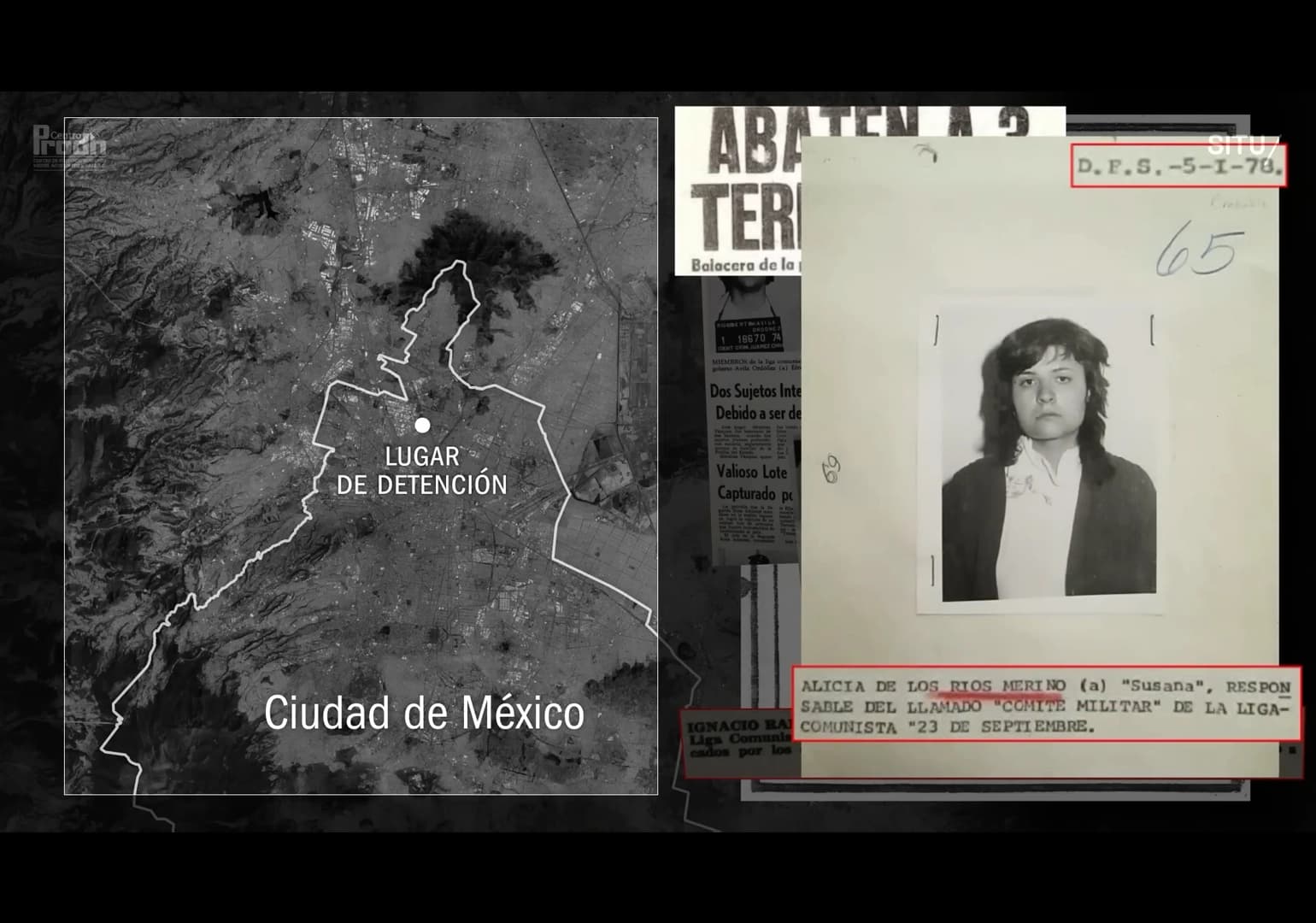
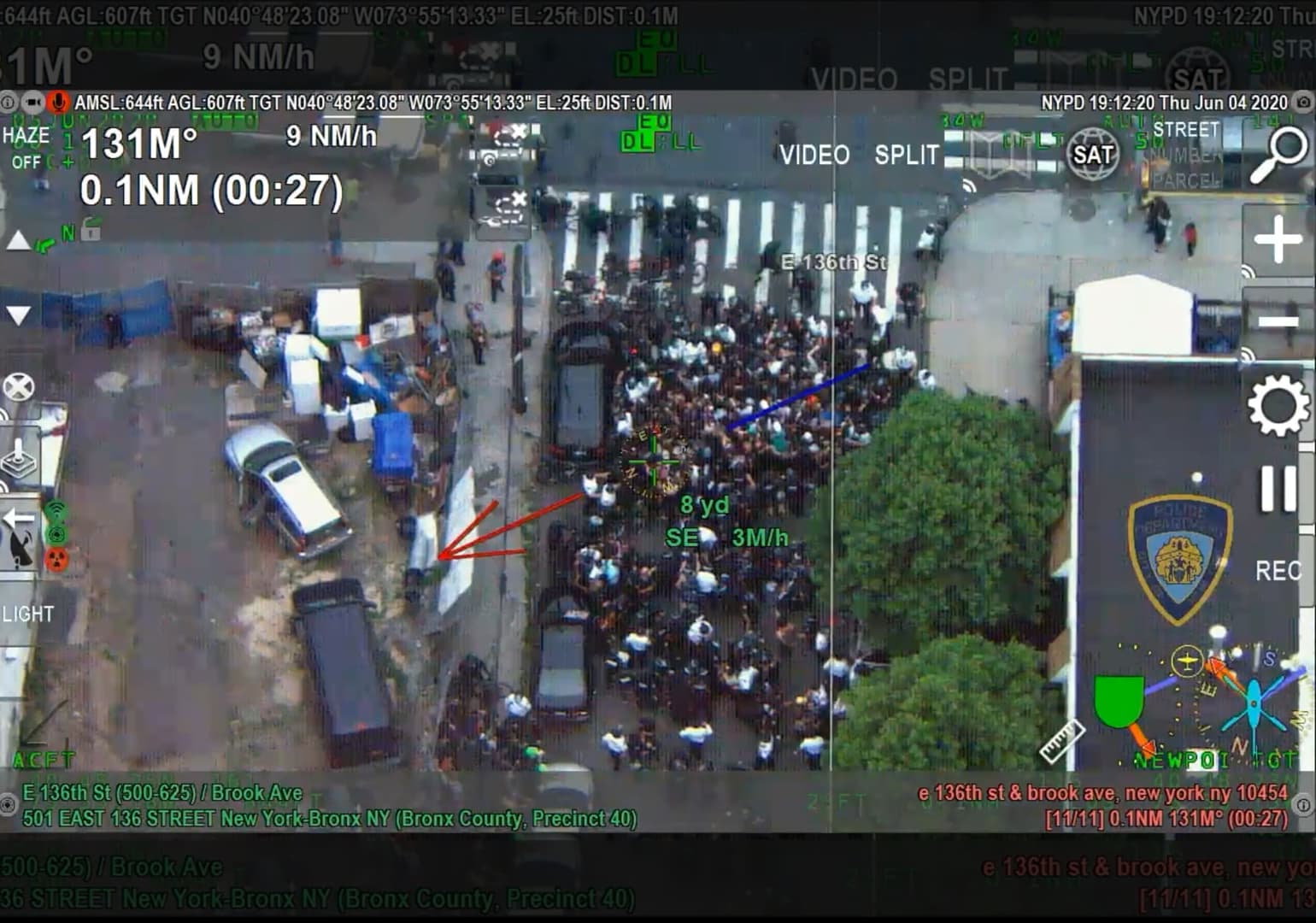
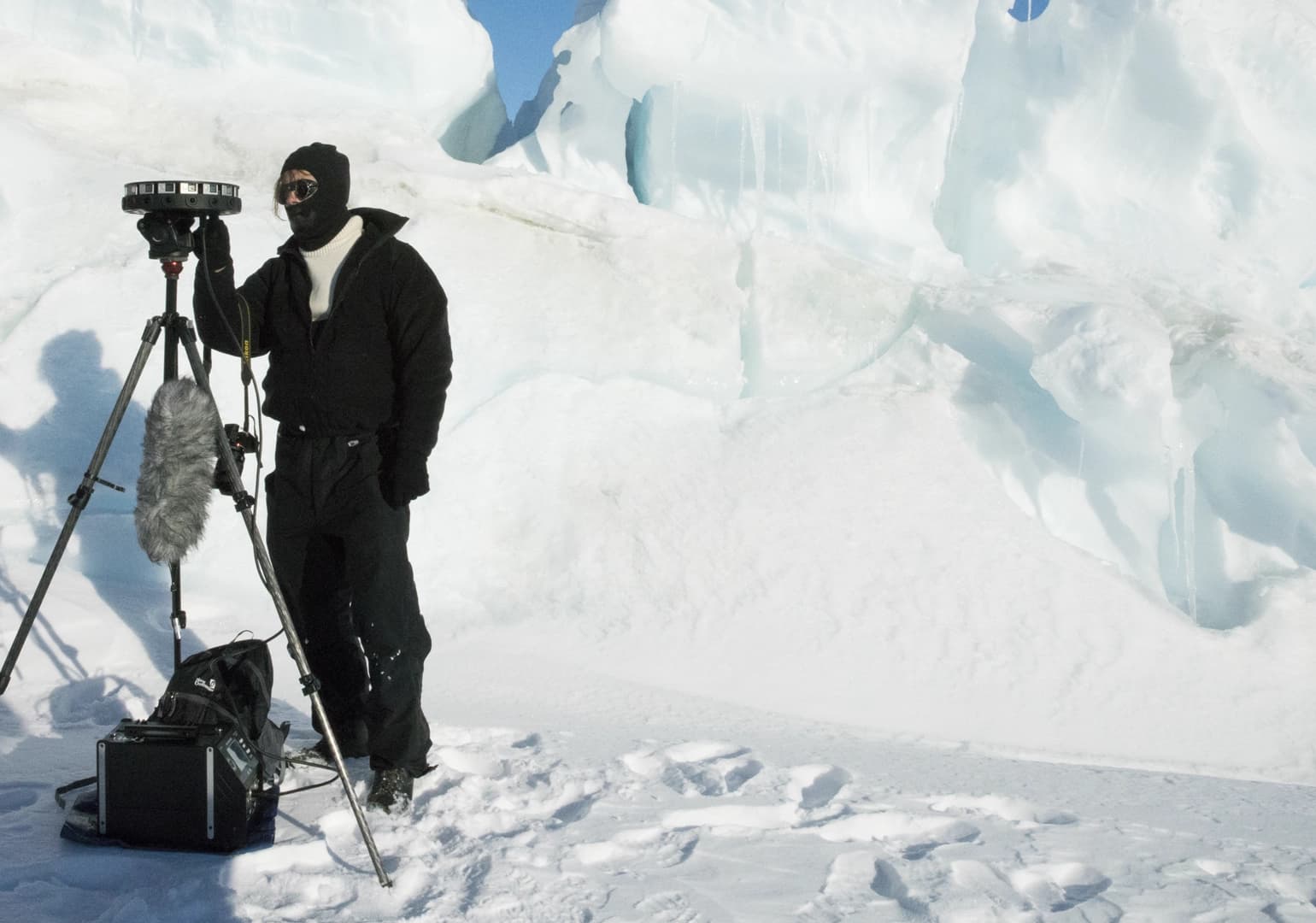
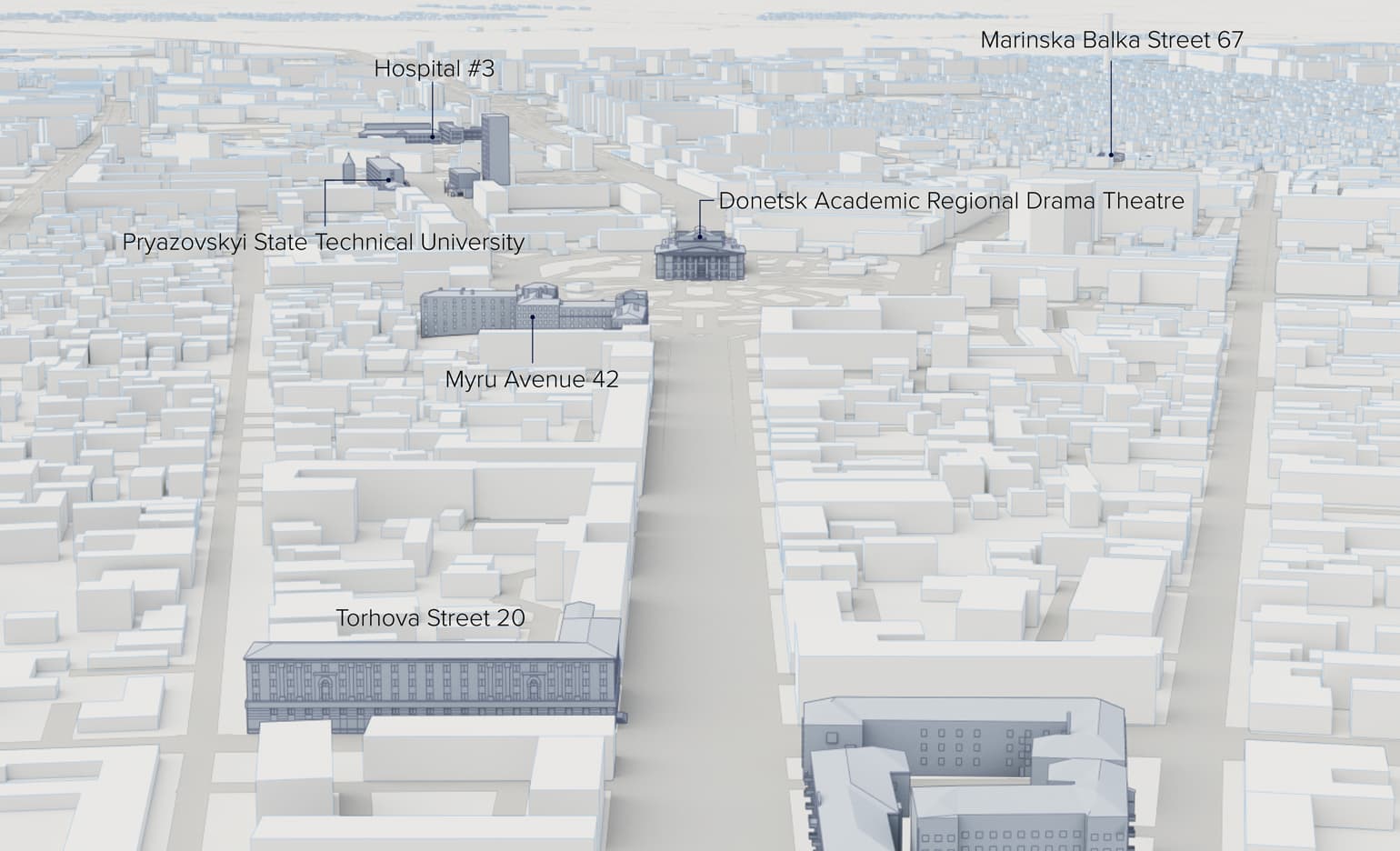
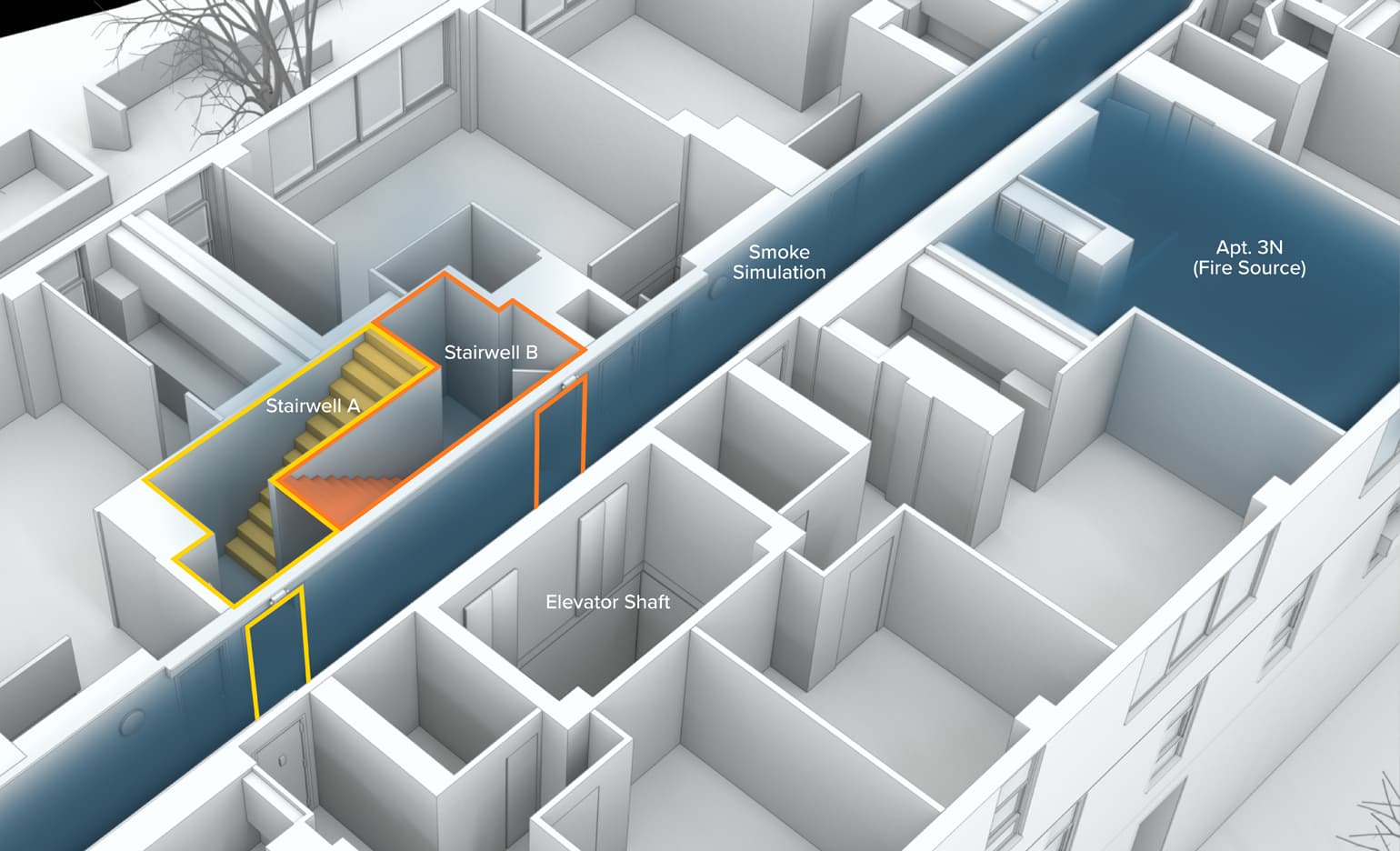
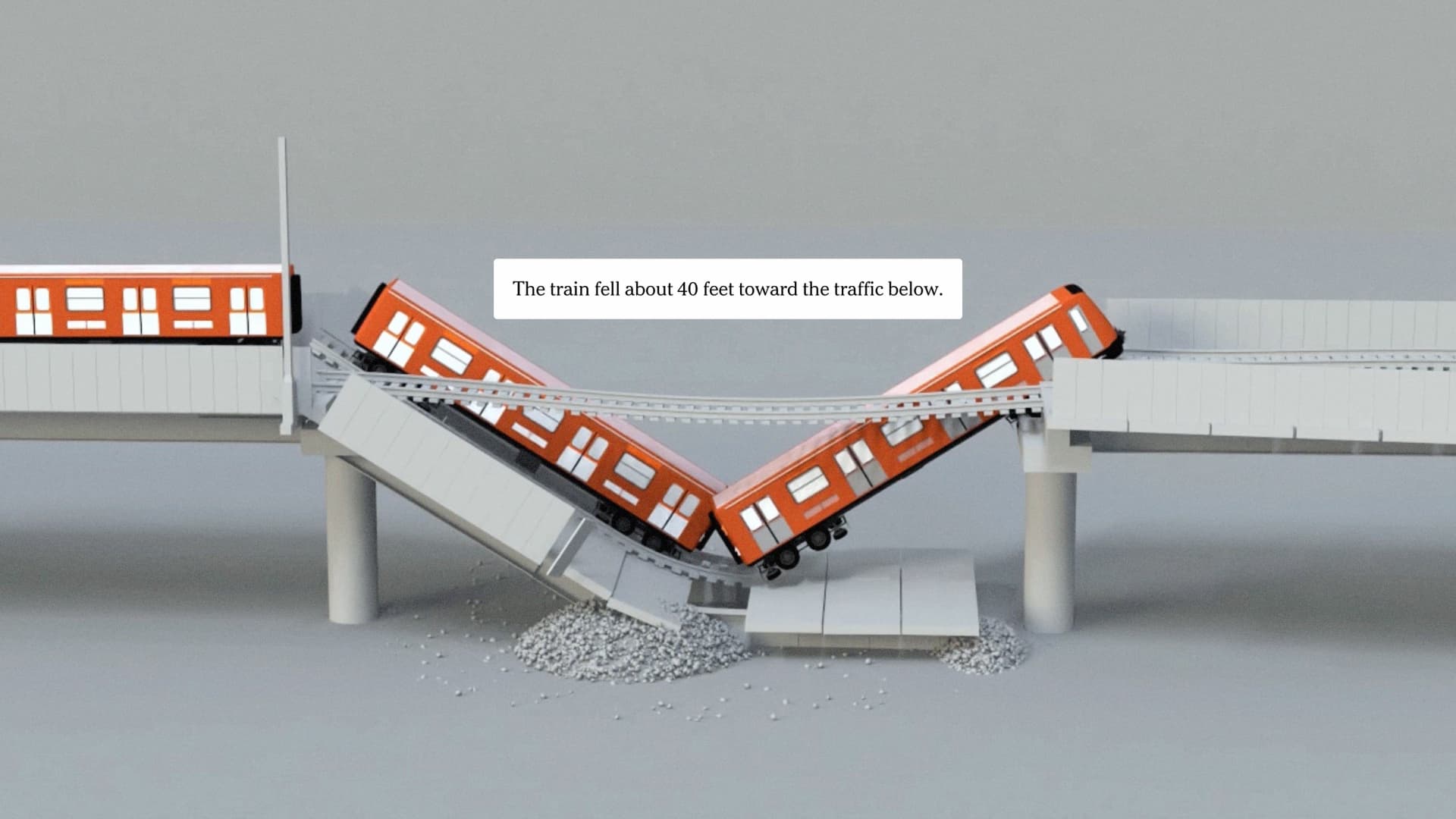
Group Exhibitions
- Prada Foundation, Venice Biennale, Diagrams
2025 - Architekturmuseum TUM, Visual Investigations
2024
Speaking
- RightsCon, Talk, Reconstructing History
2025 - Politecnico di Milano, Presentation
2024 - The Ukrainian Museum, Panel
2024 - Harvard IHR Clinic, Presentation
2024 - Columbia University GSAPP, Guest Critic
2024 - Society of Professional Journalists, Panel
2023 - Newseum, Panel
2022
Select Awards
- Pulitzer Finalist, Bronx Fire
2023 - SND Bronze, Bronx Fire
2023 - SND Silver, Dixie Fire
2022 - Emmy Winner, One Building, One Bomb
2019 - SND & Malofiej Medals, Apollo 11
2019 - World Press Photo, Under a Cracked Sky
2018
grothjan
Documenting the Disappeared
Revealing a state program of enforced disappearances through its widespread use of death flights.
Group Exhibitions
- Prada Foundation, Venice Biennale, Diagrams
2025 - Architekturmuseum TUM, Visual Investigations
2024
Speaking
- RightsCon, Talk, Reconstructing History
2025 - Politecnico di Milano, Presentation
2024 - The Ukrainian Museum, Panel
2024 - Harvard IHR Clinic, Presentation
2024 - Columbia University GSAPP, Guest Critic
2024 - Society of Professional Journalists, Panel
2023 - Newseum, Panel
2022
Select Awards
- Pulitzer Finalist, Bronx Fire
2023 - SND Bronze, Bronx Fire
2023 - SND Silver, Dixie Fire
2022 - Emmy Winner, One Building, One Bomb
2019 - SND & Malofiej Medals, Apollo 11
2019 - World Press Photo, Under a Cracked Sky
2018
